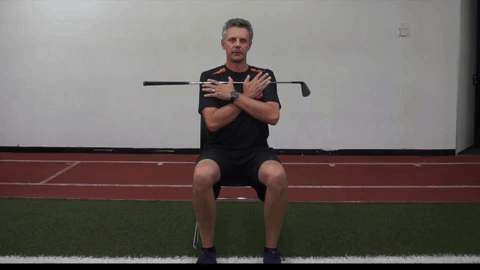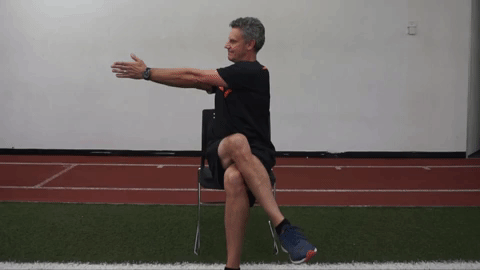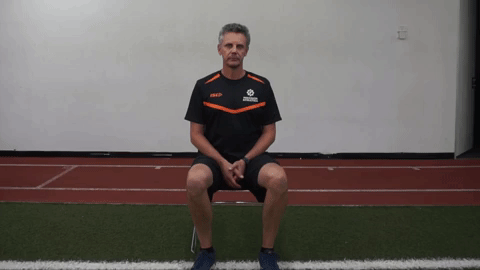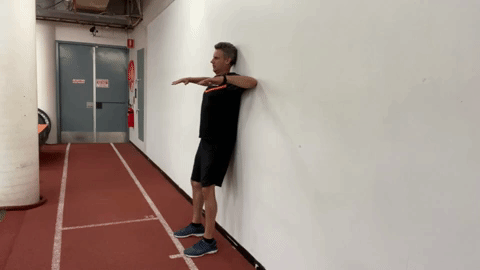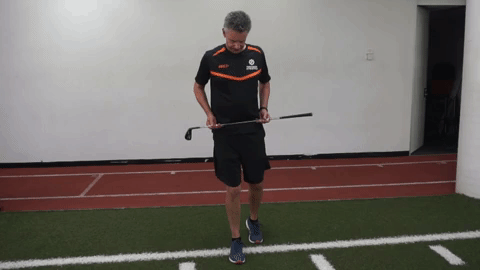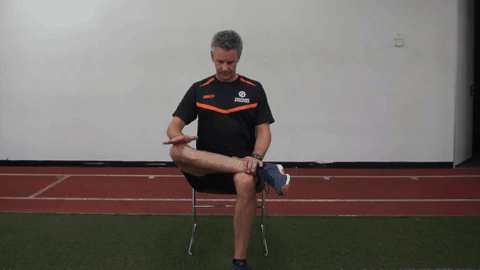Almost without exception, all of the great golfers that I have worked with and seen play on Tour, have great upper back mobility.
That’s not to say that all those players swing it perfectly or the same way, but regardless of how they get the club to the ball, their back mobility is almost always top class.
The great news for all the club golfers out there is that whilst it might be hard to carry the golf ball 300 yards or hit crisp iron shots off tight lies into island greens, you can still with work, move like a golf pro and have golf mobility that puts you on par with the worlds best!
So, to establish a baseline and understand where your mobility currently places you, I’ve created a series of Self-Test Golf Mobility drills for you to complete for home.

